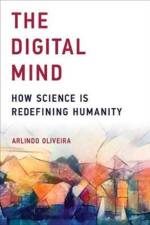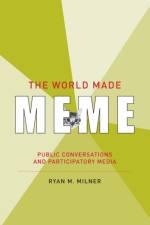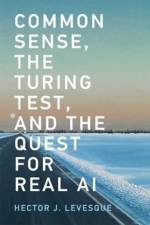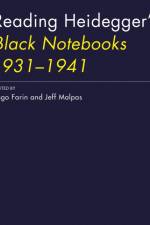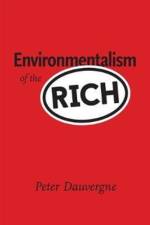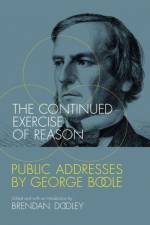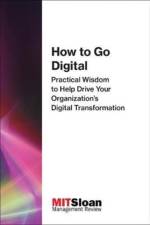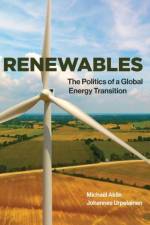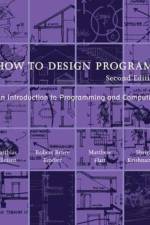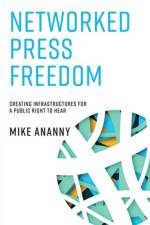- Practical Wisdom to Help Drive Your Organization's Digital Transformation
av MIT Sloan Management Review
527
Advice on how companies can succeed in the new digital business environment.The most important skills a leader needs to succeed in a digital environment are not technical in nature but managerial—strategic vision, forward-looking perspective, change-oriented mindset. A company's digital transformation does not involve abandoning widget-making for app developing or pursuing "disruption” at the cost of stability. Rather, it is about adopting business processes and practices that position organizations to compete effectively in the digital environment. More important than technology implementation are strategy, talent management, organizational structure, and leadership aligned for the digital world. How to Go Digital offers advice from management experts on how to steer your company into the digital future.The book will put you on the right strategic path, with articles from MIT Sloan Management Review on developing a digital strategy, reframing growth for a digital world, monetizing data, and generating sustainable value from social media. Talent acquisition and retention are addressed, with articles on HR analytics, data translators, and enabling employees to become brand ambassadors outside of the office. Operational makeovers are discussed in terms of sales, services, new technologies, and innovation.ContributorsAllan Alter, Stephen J. Andriole, Bart Baesens, Gloria Barczak, Cynthia M. Beath, Alpheus Bingham, Didier Bonnet, Chris Brady, Joseph Byrum, Marina Candi, Manuel Cebrian, Marie-Cécile Cervellon, Simon Chadwick, Sophie De Winne, Mike Forde, Gerald C. Kane, Rahul Kapoor, David Kiron, Thomas Klueter, Mary C. Lacity, Rikard Lindgren, Pamela Lirio, Tucker J. Marion, Lars Mathiassen, Pete Maulik, Paul Michelman, Narendra Mulani, Pierre Nanterme, Doug Palmer, Alex "Sandy” Pentland, Anh Nguyen Phillips, Frank T. Piller, Iyad Rahwan, Deborah L. Roberts, Jeanne W. Ross, Ina M. Sebastian, Luc Sels, James E. Short, Fredrik Svahn, Steve Todd, Leslie P. Willcocks, H. James Wilson, Barbara H. Wixom





